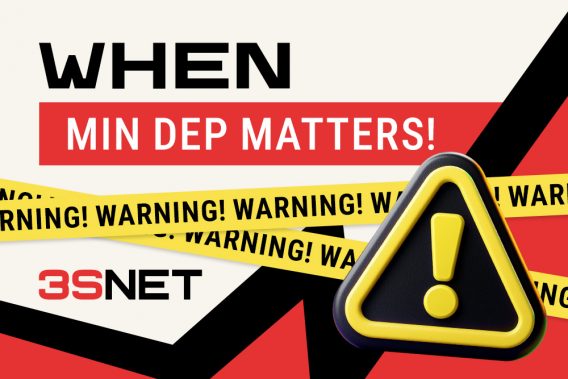
Publication date: 16 May 2022
In March and April 2022, the proportion of Russians who regarded television as the most reliable source of information decreased significantly. At the same time, trust in social media and Telegram channels in particular has increased. This data has been published by GroupM after research conducted by Accelerate research.
TV or Internet? About media consumption in Russia in March and April:
The level of trust in TV has dropped: whereas in March 33% of respondents claimed TV to be the most trusted source of information, in April only 23% already believed so. Trust to online media and official websites also decreased: in March 26% of respondents named them reliable sources, in April – 23%.
Confidence in social networks, blogs and Telegram channels increased: the number of those who choose them as a reliable source of information rose from 19% to 23%. At that, people aged 45 to 60 also began to rely on online media: 25% in April compared to 20% in March.
Which social networks are the most popular in Russia?
Romir Holding conducted a study of the monthly dynamics of media consumption by Russians after the start of the events in Ukraine. The increase in audience was 2,092% on YaRus, 957% on Tenchat, 336% on Rutube and 23% on Twitch. Men and women under the age of 35 with varying levels of income, who regularly used Facebook*, Instagram* and Youtube, are switching to the new Russian social networks.
But data provided by Otkritie FC Bank shows that about 30% of Russians surveyed have reduced their visits to Facebook* and Instagram* due to the need to connect to a VPN. At the same time, 26% of those surveyed continue to use services blocked in Russia. Most of them live in the Urals (32%) and Moscow Oblast (30%), with the smallest number in the Southern Federal District (15%).”
After Facebook, Instagram and other services were blocked in Russia, 39% of respondents stopped using them as a matter of principle. The most frequent answer was given by residents of St. Petersburg and Leningrad Oblast (48%), the least frequent were those in the North Caucasus (24%) and the Far East (31%). Another 5% stopped using blocked services out of fear.
- 90% of respondents have been using social networks for more than 5 years.
- 88% use social networks and services (VKontakte, Odnoklassniki).
- 71% of Russians said they would use the Russian equivalent of the AppStore and Google Play.
- 6% stated that they had no intention of using Russian social networks and services as a matter of principle.
- 4% started using Russian social networks that block foreign ones.
- 2% don’t use Russian social networks and services, but want to start.
According to a report by analytics company Sensor Tower, the top app downloaded in Q1 2022 was TikTok, with more than 175 million downloads (and 3.5 billion total since its launch). Instagram and Facebook came in second and third, with WhatsApp in fourth place. Telegram messenger closes the top five.
Russian Public Opinion Research Center (VTsIOM or VCIOM) also publishes its data. The study focused on the most popular social networks and messengers as well as the changes that have taken place in the background of the special operation. From September 2021 to April 2022, the top five most popular were WhatsApp (87%), YouTube (75%), VKontakte (62%), Telegram (55%) and Odnoklassniki (42%).
At the same time, the share of Instagram users halved over the period under review (from 53% to 25%), while Telegram showed the greatest increase in audience among all social networks and messengers (+13%). The change in the share of daily users is also the most tangible for them: Instagram has dropped from 33% to 9%, while Telegram has risen from 22% to 35%.
Viber and TikTok are used at one time or another by 37% (+5%.) and 35%, respectively. Facebook* and Twitter, being less popular social networks, followed Instagram in the wake of the outflow of the audience (from 21% to 11% and from 11% to 7% respectively).
In 2021, the online advertising market has recovered, but…
In 2021, according to the Interactive Advertising Bureau (IAB), the volume of traditional segments of the Russian digital advertising market increased by 24% (to 323.6 billion rubles).
The volume of the performance segment increased by 26% to 264.6 billion roubles:
- Search advertising on Yandex and Google accounted for 137.7 billion roubles (+ 32%).
- Performance CPx (contextual advertising on ad networks, including MyTarget, Yandex and Google AdSense, as well as advertising in applications and social networks) invested 105.8 billion roubles (20% growth).
Experts have assessed the prospects for the market in 2022: sanctions, the departure of foreign brands, as well as the banning of foreign platforms for advertising sales may cause a drop in the market and increase the price of inventory, but over time, the situation will improve.
*Facebook and *Instagram are recognized as extremist and banned in Russia.
Share it with your friends via favorite social media
























